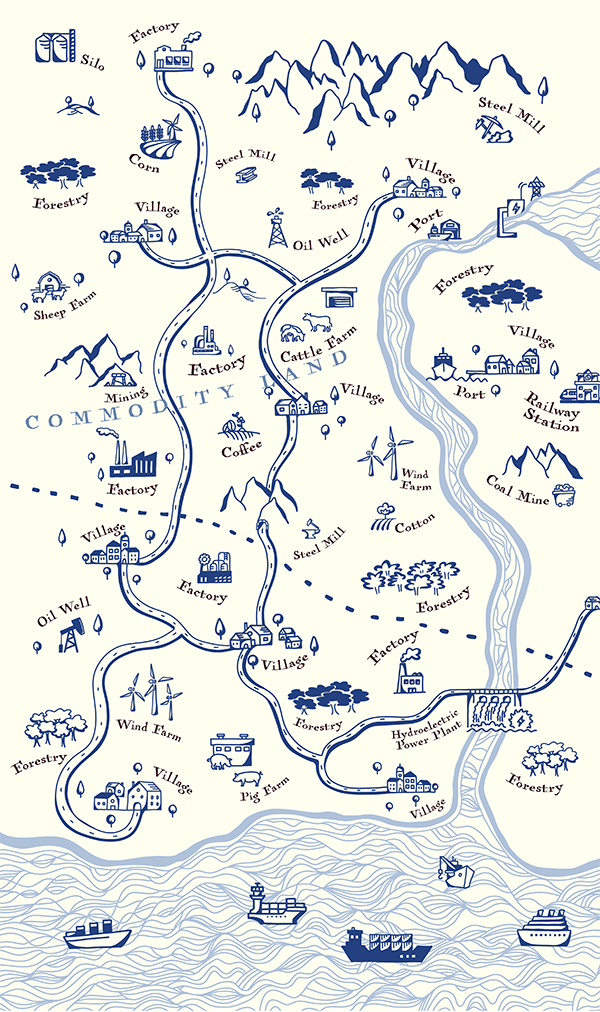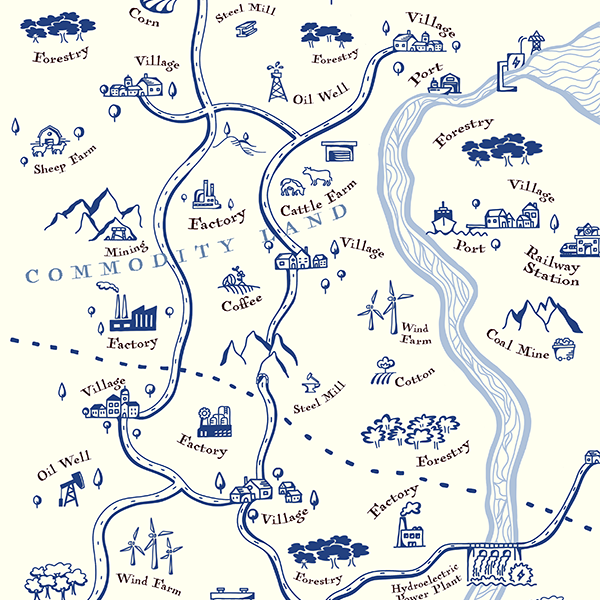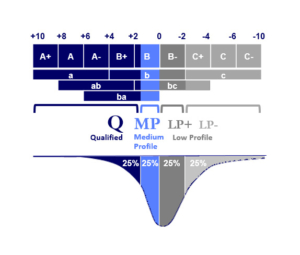rfu rating methodology for commodities (rfu Commodity Rating)
The extraction of resources is often linked to high environmental and social risks. At the same time, using resources is the basis for our society’s wealth. Without commodities it would not be possible to provide important goods, a reliable energy supply or food security.
For a long time there had been no tool available to investors with a focus on sustainability to ecologically and socially assess commodities. Therefore, rfu developed the rfu Commodity Model in 2018/2019. It comprises the whole life-cycle of a commodity – from extraction via processing to its use on a product level. The second tier of the model is differentiating between the ecological and the social dimension.
Downloads
Here you can download information about the rfu Commodity Model as a PDF.
The method is constructed to be consistent with the rfu Corporate Rating – e.g. orientation on the stakeholder model, assessing the product impact, rating scale. There is also a link to the rfu Sovereign Rating. From this relevant basis data is taken following the geographical origin of the various commodities.
Rating Scale
In all rfu Sustainability Models the individual criteria are assessed on a scale between -10 to +10. Their specific weighting is then included in an overall score. The features of the criteria will, over several levels, be aggregated to one overall rating on a nine-part scale from A+ (“innovative”) to C- (“regressive”). In case of a restricted amount of data a so-called indicative rating from a to c will be given.
The rfu Rating Scale is absolute and not aligned with the best-in-class approach. This means the entirety of the ratings is distributed according to a profile similar to a bell curve. This can be divided in four equal segments to achieve so-called rating categories: Q (Qualified), MP (Medium Profile), LP+ und LP- (Low Profile).



